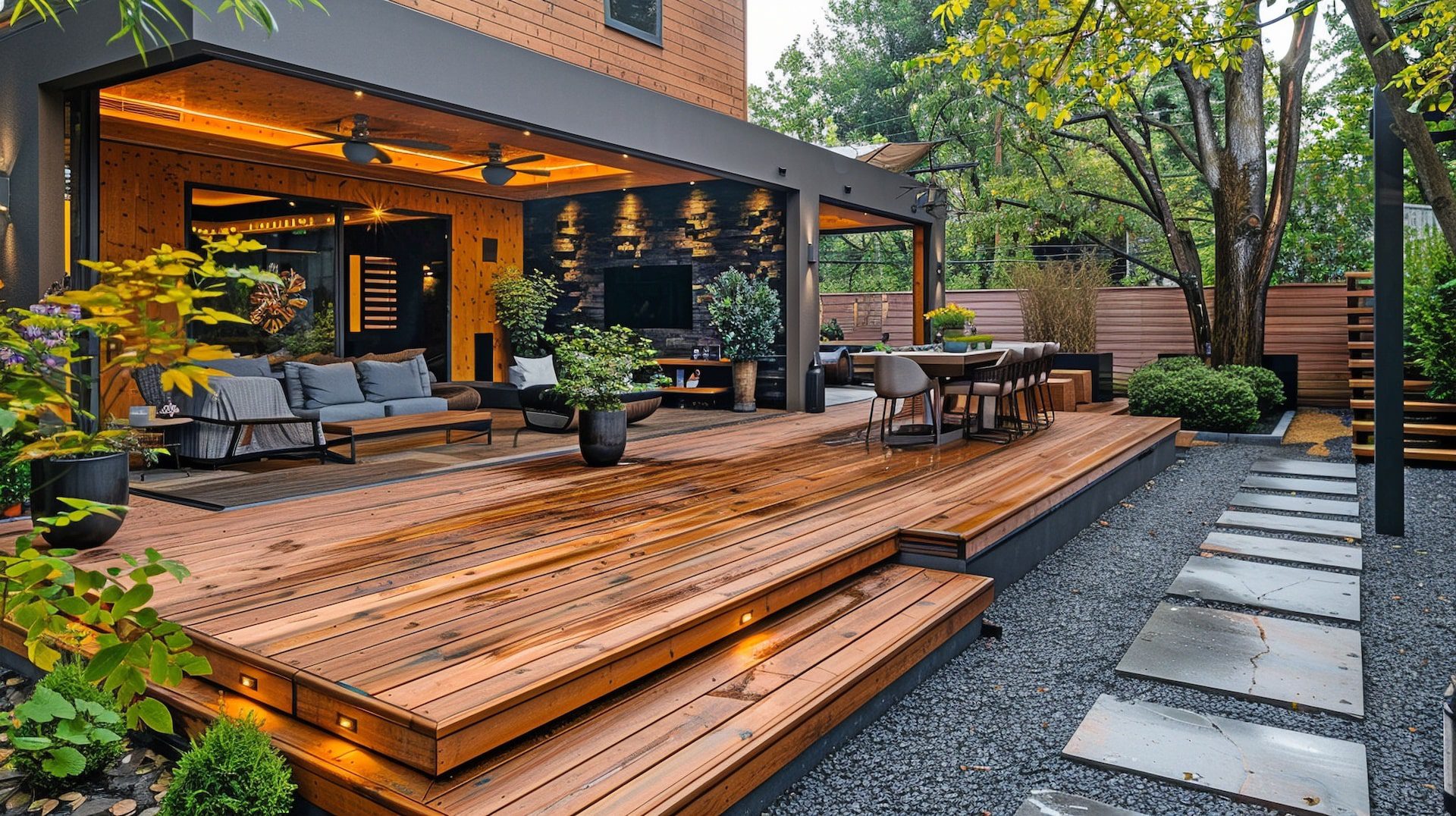
Is your kitchen looking less like the heart of the home and more like a relic of a bygone era? If the answer is yes, you're not alone. A kitchen renovation is one of the most exciting, yet financially daunting, projects for any UK homeowner. The burning question on everyone's mind is simple: "How much will it actually cost?"
The short answer is: It depends.
The more helpful answer, based on the latest industry data, suggests that the average cost of a new kitchen in the UK typically falls between £5,000 and £25,000. However, this is a colossal range! To give you a realistic idea, a comprehensive, mid-range project often lands around £12,000 to £18,000, including materials and installation.
But let's dive into the details. Understanding where your money goes is the key to mastering your budget and creating a space you’ll love for years to come.
The Kitchen Cost Breakdown: Budget vs. Bespoke
The final price of your new kitchen is primarily dictated by two factors: size and quality.
For a Budget/DIY Refresh, you can expect to spend in the range of £3,000 to £8,000 (including supply and installation). This tier typically includes flat-pack cabinets (e.g., from DIY stores), basic laminate worktops, simple appliance upgrades, and minimal professional labour (often just a fitter).
A Mid-Range Renovation will generally cost between £12,000 and £20,000. This budget allows for quality fitted units (MDF or solid wood veneer), mid-range appliances, durable worktops (like solid wood or compact laminate), and professional installation covering all plumbing and electrics.
If you are planning a High-End/Bespoke project, your costs will start at £25,000 and easily climb to £50,000 or more. Here, you get custom-built cabinetry, premium natural stone or composite worktops (quartz, granite), high-end integrated appliances, and often structural changes like moving walls or adding an extension.
Cost of Key Components (Average Spend)
In most complete kitchen renovations, the cost can be roughly broken down as follows: Cabinets & Units account for the largest proportion, taking up 30% to 40% of the budget. Installation/Labour is the next major expense, typically consuming 20% to 30% of the total cost. Worktops come in at 15% to 25%, while Appliances account for 10% to 20%. Finally, budget 10% to 15% for Flooring, Tiling, and miscellaneous Electrics/Plumbing.
The Big Four: Factors That Drastically Affect Your Budget
Don't sign on the dotted line until you've considered these four major cost drivers:
1. The Cabinets: The Lion's Share
Cabinets form the aesthetic and functional core of your kitchen and are often the single biggest expense.
- Flat-pack (Budget): Economical, but assembly and fitting can be tricky. Look for good quality hinges and drawer runners.
- Fitted/Modular (Mid-Range): Pre-assembled units from retailers offer better quality doors and carcasses (the main body of the unit) and generally quicker installation.
- Bespoke/Hand-built (High-End): Custom-made to fit your exact space and specifications, allowing for unique designs, materials, and internal storage solutions—expect a premium price tag.
2. The Worktops: Where Luxury Kicks In
Worktops can make or break a budget. Switching from a standard to a premium material can add thousands to the final bill.
- Budget: Laminate, which is durable and comes in a huge range of colours.
- Mid-Range: Solid Wood (requires maintenance) or Compact Laminate.
- High-End: Quartz (highly durable, non-porous) and Granite (natural, heat-resistant) are the gold standard and come with a significantly higher supply and installation cost.
3. Structural Changes & Labour: The Hidden Costs
This is where budgets often spiral. Moving things like your sink, oven, or radiators means relocating plumbing and electrics, which requires skilled tradespeople (plumbers, electricians) and can add substantial cost and complexity.
- Top Tip: Stick to the existing "footprint" of your kitchen layout to drastically save on labour costs.
4. Location, Location, Location
As with all services, labour rates vary across the UK. Expect to pay significantly more for professional kitchen fitting and tradespeople in London and the South East—often 20-40% higher—compared to the North or other parts of the UK.
Smart Strategies to Slash Your New Kitchen Cost
Renovating doesn't have to mean maxing out your credit cards. Be smart and strategic with these money-saving tips:
One of the most effective strategies is to Keep the Carcasses. If the cabinet structures are sound, a simple facelift—replacing only the doors, drawer fronts, and handles—can give you a 'new' kitchen look at a fraction of the price, potentially saving you up to £5,000 or more.
Another high-impact method is to Go Ex-Display or Second-Hand. By checking specialised websites and marketplaces for ex-display kitchens from high-end showrooms, you can often save up to 70% on the original RRP for a virtually brand-new, premium kitchen.
You can also Mix & Match Materials to save money. Reserve a costly, premium worktop like quartz for a high-impact area like the island, but switch to a more affordable, complementary laminate or solid wood on perimeter worktops.
If you are on a tight budget, Stick to Budget-Friendly Retailers. Major DIY chains and flat-pack specialists offer excellent value units, which could save you £3,000 or more. Just ensure you budget for good quality hardware and consider hiring a professional fitter for a flawless finish.
Finally, DIY Where Possible to save between £500 and £1,500. Tackle the easy jobs yourself, like painting, tiling the splashback, or dismantling the old kitchen (remember to budget for a skip!). Always leave the gas and critical electrics to the certified pros.
Your Next Steps: Planning for Success
A kitchen renovation is one of the best ways to add both value and enjoyment to your home (a new kitchen can add up to 4-6% to your property value!). To ensure your project goes smoothly:
- Set a Realistic Budget: Use the figures above as a starting point. A good rule of thumb is to spend no more than 5%–10% of your home's total value.
- Add a Contingency Fund: Always allocate an extra 10%–15% of your total budget for unexpected costs, especially if you live in an older property.
- Get Multiple Quotes: Approach at least three different suppliers or fitters—a national retailer, a local independent specialist, and a DIY store. This ensures you get competitive pricing and a feel for different service levels.
Ready to start designing? Your dream kitchen is closer than you think.
Related Resources
- Free Kitchen Design Tools: Many national kitchen retailers offer free online design planners.
- Used Kitchen Websites: Search for ex-display and pre-owned kitchens.
- Tradesperson Search: Find TrustMark or Checkatrade-registered fitters, plumbers, and electricians in your area.



